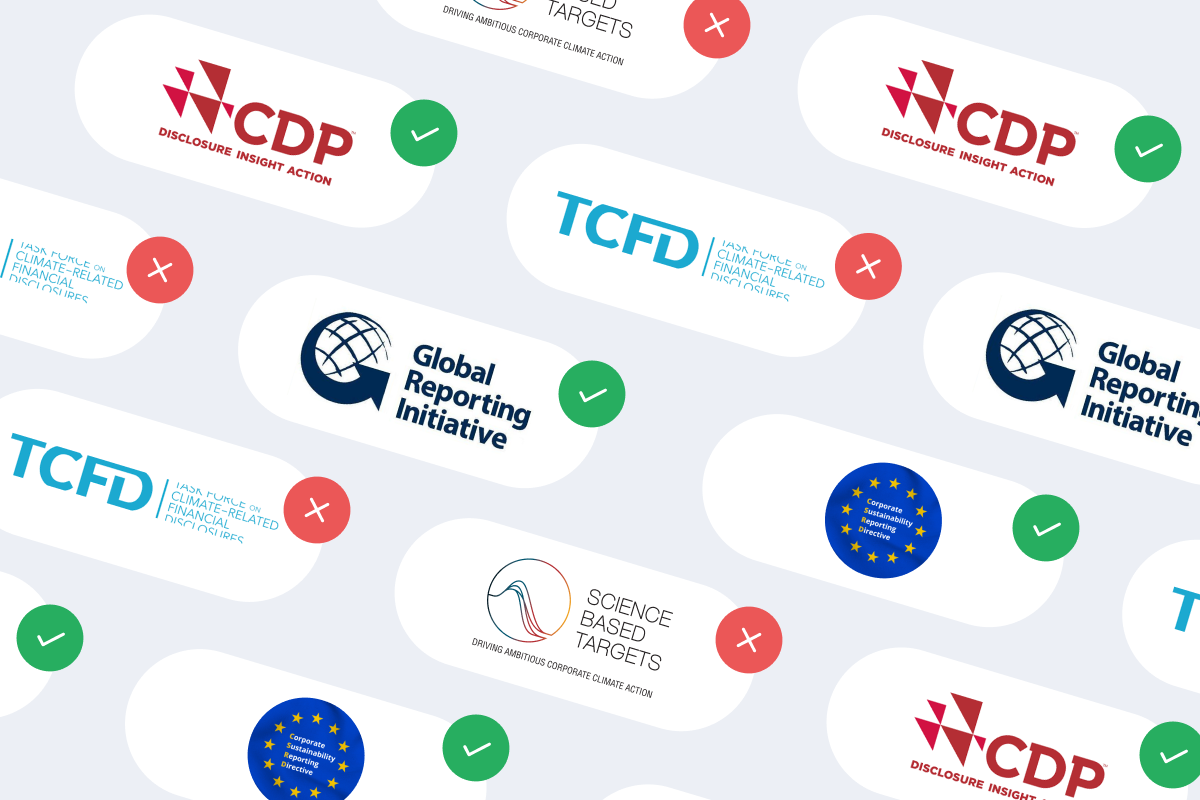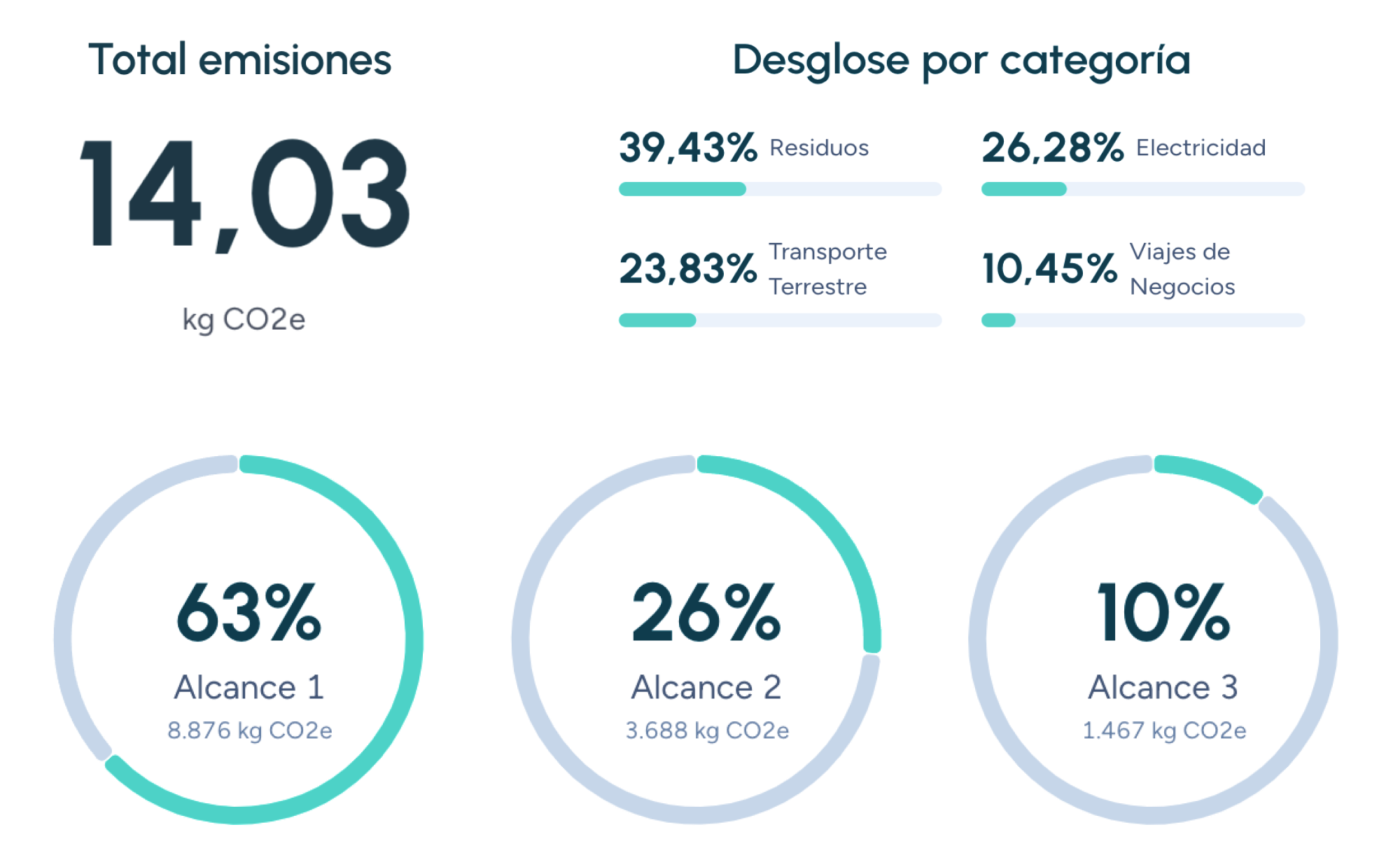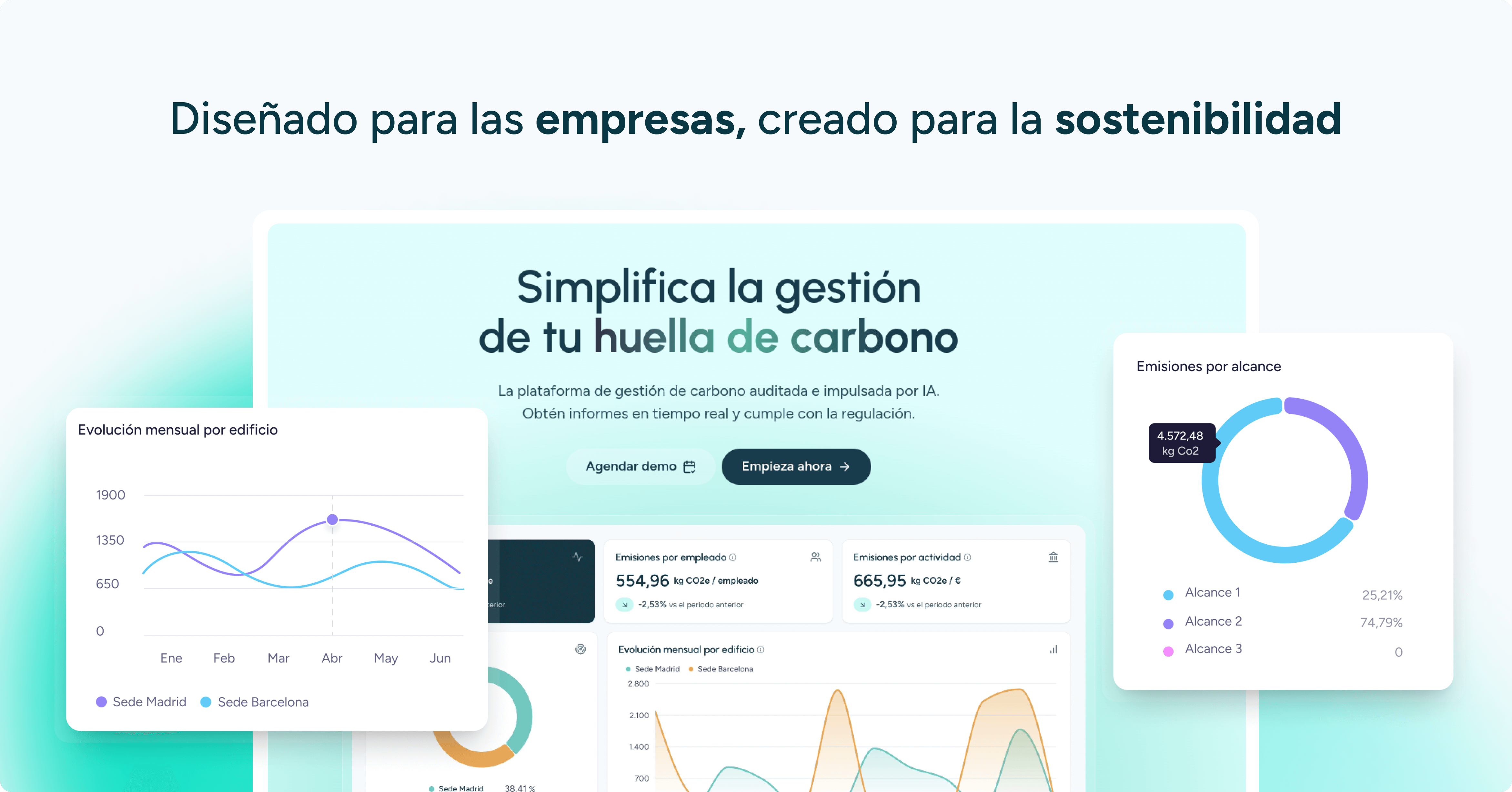Back to the blog
ISO 26000: CSR standards for businesses
Carolina Skarupa
Product Carbon Footprint Analyst
Corporate Social Responsibility (CSR) has transitioned from a nice-to-have to a must-have in today’s global business environment. As stakeholders—investors, customers, and employees—demand higher standards of ethical conduct, organizations need comprehensive guidance on social responsibility.
ISO 26000, a voluntary international standard, provides a detailed framework for integrating CSR into corporate strategy and culture. This article explores the key elements of ISO 26000, its benefits, and best practices for successful implementation.
What is ISO 26000?
Launched in 2010 by the International Organization for Standardization (ISO), ISO 26000 offers guidelines (rather than certifiable requirements) for social responsibility.
It helps organizations:
- Identify social responsibilities: Map out stakeholder expectations, from labor conditions to community engagement.
- Develop management approaches: Create policies, processes, and metrics to manage social, ethical, and environmental impacts.
- Foster organizational culture: Encourage ethical decision-making and accountability throughout the corporate structure.
Core subjects of ISO 26000
Organizational governance
Emphasizes transparent and ethical leadership, ensuring accountability at the highest levels.
Human rights
Guides companies in respecting human rights within their operations and supply chains, addressing issues like child labor, discrimination, and fair wages.
Labor practices
Covers working conditions, health and safety, and social protections that align with ILO standards.
Environment
Encourages measures to reduce pollution, minimize resource consumption, and preserve biodiversity, complementing frameworks like ISO 14001.
Fair operating practices
Promotes anti-corruption initiatives, responsible political involvement, and fair competition.
Consumer issues
Focuses on product safety, transparent marketing, and data privacy, ensuring consumer well-being and trust.
Community involvement and development
Advocates for local hiring, community investment, and collaborative programs that address social needs.
Benefits of ISO 26000 adoption
- Enhanced reputation: Demonstrates a commitment to ethical practices and societal well-being, fostering stakeholder trust.
- Risk mitigation: Identifies potential legal, financial, or reputational risks, guiding proactive measures to avoid them.
- Employee engagement: A robust CSR framework resonates with employees seeking purpose-driven work, improving retention and morale.
- Competitive advantage: Attracts socially conscious consumers and investors, differentiating your brand in crowded markets.
Implementation steps
- Gap analysis: Compare existing policies against ISO 26000’s core subjects to identify strengths and weaknesses.
- Stakeholder mapping: Identify and engage with key stakeholders—local communities, NGOs, suppliers—to gather feedback and shape initiatives.
- CSR policy development: Draft a formal CSR policy that addresses ethical conduct, community engagement, and environmental stewardship.
- Training and internal communication: Conduct workshops to ensure employees understand new guidelines and their role in upholding them.
- Performance measurement: Track indicators like community investment, employee well-being, and environmental metrics.
- Reporting and review: Regularly disclose progress through sustainability reports or integrated annual reports, ensuring transparency.
Challenges and how to overcome them
- Lack of certification: Since ISO 26000 isn’t certifiable, some companies may undervalue its significance. Overcome this by emphasizing stakeholder trust, rather than a formal certificate.
- Cultural change: Implementing ethical and socially responsible practices often requires organizational culture shifts. Garner leadership buy-in and cascade training throughout all levels.
- Resource constraints: Smaller firms may struggle with dedicating time and budget. Start with a pilot program focusing on the most material issues.
- Global operations: Multinational corporations must navigate different legal systems and cultural norms. Localized stakeholder engagement is crucial.
Real-world examples
- Nestlé: Focuses on responsible sourcing and community development, aligning with ISO 26000’s human rights and community involvement guidelines.
- Philips: Integrates social responsibility into product innovation (e.g., energy-efficient lighting), reflecting the standard’s emphasis on consumer welfare and environmental stewardship.
- IKEA: Engages in fair operating practices, invests in renewable energy, and promotes safe labor conditions across its global supply chain.
Comparing ISO 26000 to other standards
While ISO 26000 addresses broader social responsibilities, ISO 14001 zeroes in on environmental management, and SA8000 targets labor practices specifically. Many businesses adopt multiple standards, creating a comprehensive system that covers all aspects of ESG (Environmental, Social, and Governance).
Sustaining momentum
Ongoing improvement is central to ISO 26000. Conduct regular audits or reviews to measure the effectiveness of your CSR strategies, soliciting stakeholder input to adapt and refine approaches. Collaboration with NGOs, government bodies, and industry associations can also amplify impact.
Why ISO 26000?
ISO 26000 offers a robust blueprint for organizations aiming to strengthen their social responsibility credentials. Through structured guidelines on governance, labor practices, environmental stewardship, and more, it equips businesses with the tools to build sustainable, ethical operations.
Embracing ISO 26000 isn’t just good for society—it’s a strategic investment that elevates your brand, mitigates risks, and fosters long-term growth.
Carolina Skarupa
Product Carbon Footprint Analyst
About the author
Graduated in Industrial Engineering and Management from the Karlsruhe Institute of Technology, with a master’s degree in Environmental Management and Conservation from the University of Cádiz. I'm a Product Carbon Footprint Analyst at Manglai, advising clients on measuring their carbon footprint. I specialize in developing programs aimed at the Sustainable Development Goals for companies. My commitment to environmental preservation is key to the implementation of action plans within the corporate sector.
Content
Companies that already trust manglai


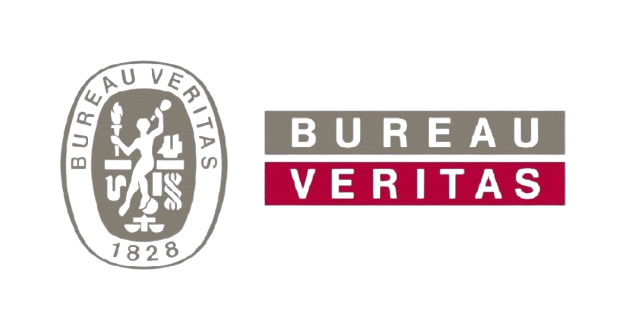

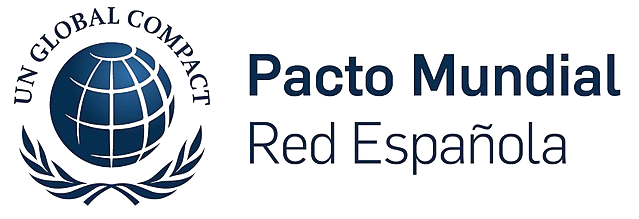








CSRD for SMEs: How cascading regulation will impact your supply chain in 2025
Discover how the CSRD will affect SMEs through the supply chain in 2025—and how to get ready to comply.
22 October, 2025
B Corp Certification in Spain: Cost-Benefit Analysis and the Path to Impact
We analyze B Corp certification in Spain: costs, real benefits, and the steps to obtain the seal that drives sustainability.
06 October, 2025
GHG Protocol vs. ISO 14064-1: Which Standard Should You Choose for Your Emissions Inventory?
Discover the differences between the GHG Protocol and ISO 14064-1 and choose the ideal standard for your emissions inventory and the MITECO.
01 October, 2025
Guiding businesses towards net-zero emissions through AI-driven solutions.
© 2025 Manglai. All rights reserved
Política de Privacidad